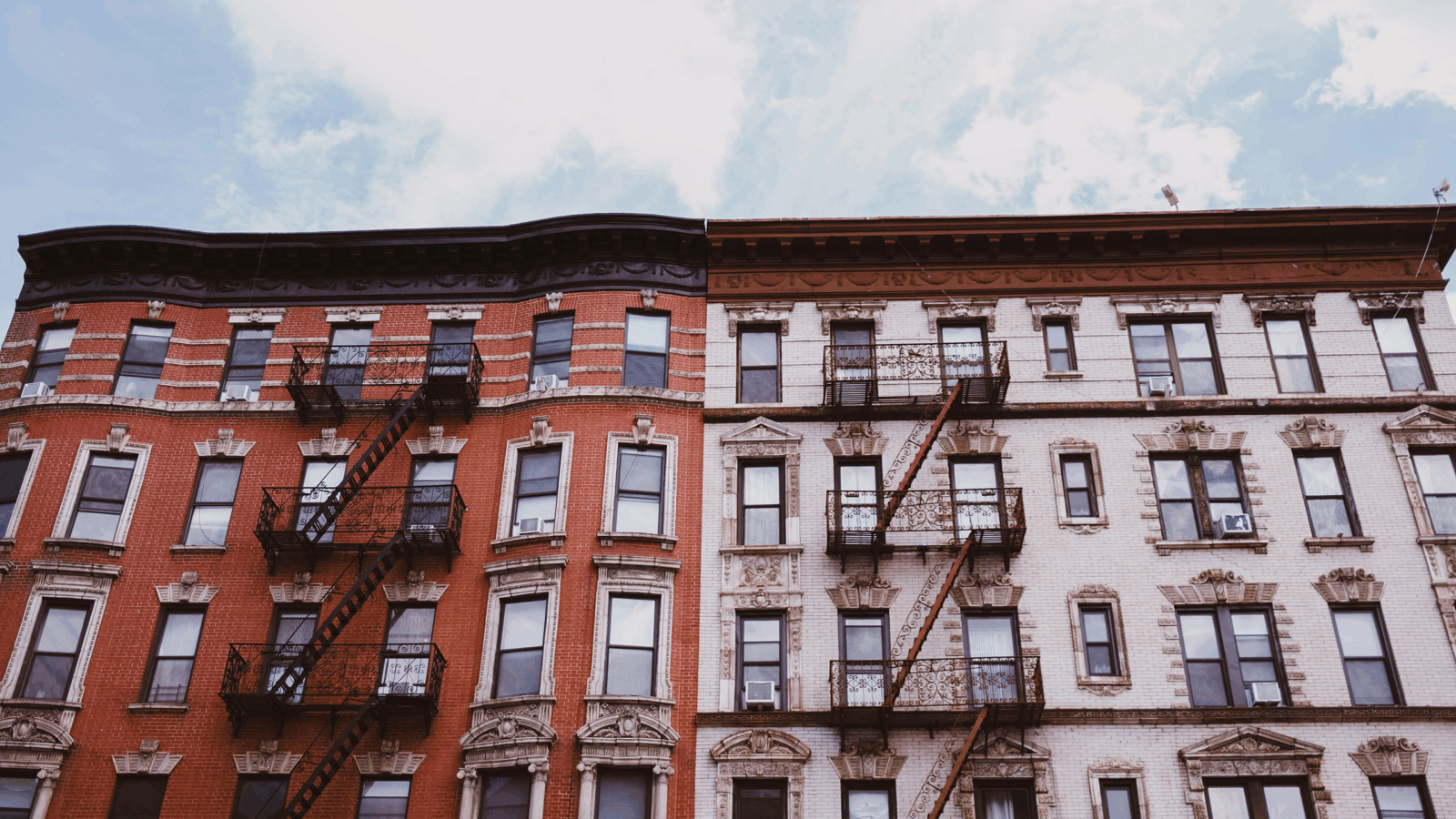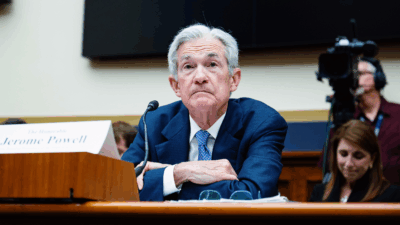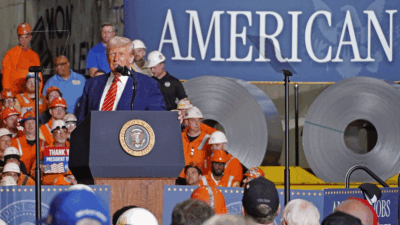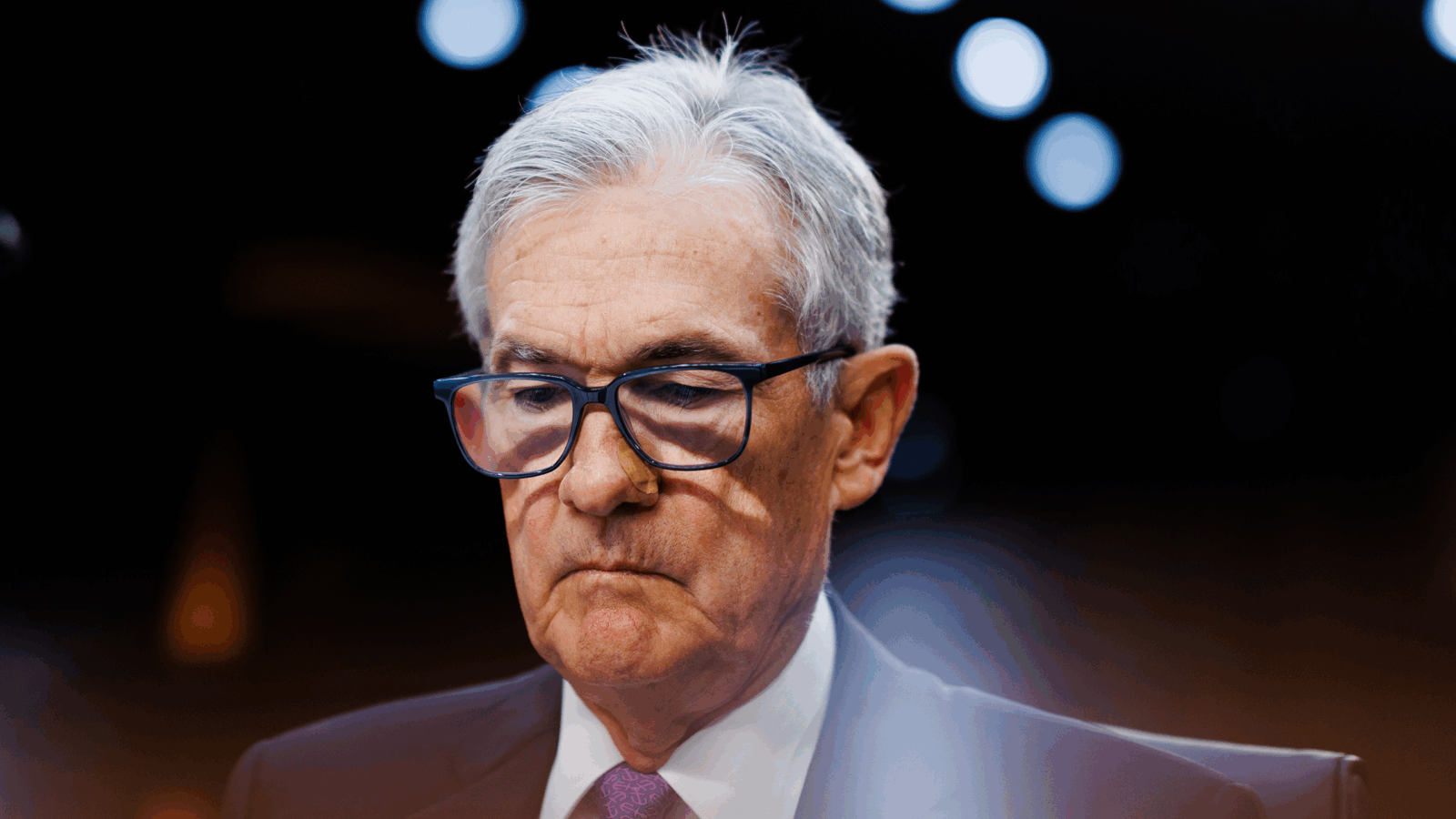
Sign up for smart news, insights, and analysis on the biggest financial stories of the day.
There was a time when you could Uber to the airport for $15 and catch all the flicks in theaters with MoviePass for $9.95 a month. There was also a time when you could see a John Wayne Western for 50 cents.
But as always – the times, they are a-changin’. Travel, social, and ride-hailing apps – which once courted users with low prices to undercut competitors – can no longer afford to subsidize their services in the name of building a customer base. And new data is revealing that hard truth.
It’s a Bird… It’s a Plane… It’s a Price Increase
Service apps have been on a belt-tightening regimen for a few years. Some – like MoviePass, laundry app Washio, valet parking service Luxe, and used car seller Beepi – simply ran out of cash and shut down.
And those who survived to see 2021 are sticking customers with the bill:
- Doordash lost over $250 million during the pandemic and was slapped with a cap in 73 U.S. cities on the amount it can charge restaurants. In response, it’s joined other food delivery apps in steadily raising fees for customers.
- The daily rate for an Airbnb rental was 35% more expensive in the first quarter of 2021 than a year earlier.
- And the average Uber or Lyft ride is 40% more expensive than it was just a year ago, according to Rakuten Intelligence.
Uber and Lyft are no longer dangling cheap rides to undercut competition and woo customers. In fact, a driver shortage is prompting them to woo workers – ride-hailing earnings climbed to $25 an hour in May from $18 in January.
Frustrating: “Today my Uber ride from Midtown to JFK cost me as much as my flight from JFK to SFO,” griped Sunny Madra, a vice president at Ford X.
Obvious: While zipping across town should probably be more affordable than traveling cross-country, maybe a ride to the airport should never have been just $15 in the first place?











